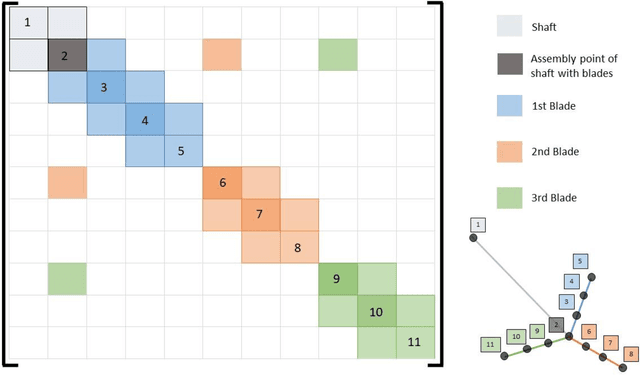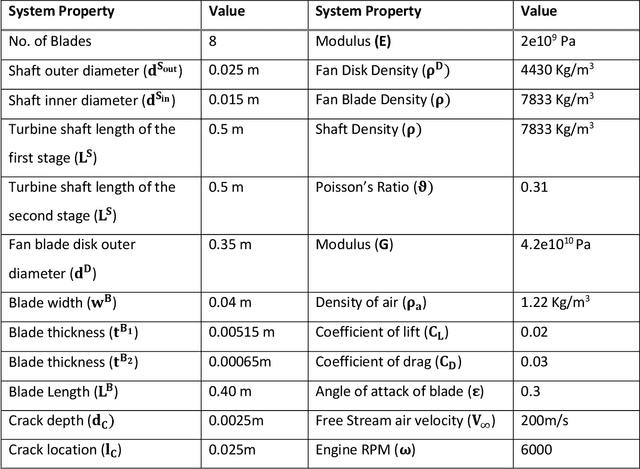Divya Shyam Singh
Accelerating Full Waveform Inversion By Transfer Learning
Aug 01, 2024



Abstract:Full waveform inversion (FWI) is a powerful tool for reconstructing material fields based on sparsely measured data obtained by wave propagation. For specific problems, discretizing the material field with a neural network (NN) improves the robustness and reconstruction quality of the corresponding optimization problem. We call this method NN-based FWI. Starting from an initial guess, the weights of the NN are iteratively updated to fit the simulated wave signals to the sparsely measured data set. For gradient-based optimization, a suitable choice of the initial guess, i.e., a suitable NN weight initialization, is crucial for fast and robust convergence. In this paper, we introduce a novel transfer learning approach to further improve NN-based FWI. This approach leverages supervised pretraining to provide a better NN weight initialization, leading to faster convergence of the subsequent optimization problem. Moreover, the inversions yield physically more meaningful local minima. The network is pretrained to predict the unknown material field using the gradient information from the first iteration of conventional FWI. In our computational experiments on two-dimensional domains, the training data set consists of reference simulations with arbitrarily positioned elliptical voids of different shapes and orientations. We compare the performance of the proposed transfer learning NN-based FWI with three other methods: conventional FWI, NN-based FWI without pretraining and conventional FWI with an initial guess predicted from the pretrained NN. Our results show that transfer learning NN-based FWI outperforms the other methods in terms of convergence speed and reconstruction quality.
A reduced-order modeling framework for simulating signatures of faults in a bladed disk
Aug 13, 2021



Abstract:This paper reports a reduced-order modeling framework of bladed disks on a rotating shaft to simulate the vibration signature of faults like cracks in different components aiming towards simulated data-driven machine learning. We have employed lumped and one-dimensional analytical models of the subcomponents for better insight into the complex dynamic response. The framework seeks to address some of the challenges encountered in analyzing and optimizing fault detection and identification schemes for health monitoring of rotating turbomachinery, including aero-engines. We model the bladed disks and shafts by combining lumped elements and one-dimensional finite elements, leading to a coupled system. The simulation results are in good agreement with previously published data. We model the cracks in a blade analytically with their effective reduced stiffness approximation. Multiple types of faults are modeled, including cracks in the blades of single and two-stage bladed disks, Fan Blade Off (FBO), and Foreign Object Damage (FOD). We have applied aero-engine operational loading conditions to simulate realistic scenarios of online health monitoring. The proposed reduced-order simulation framework will have applications in probabilistic signal modeling, machine learning toward fault signature identification, and parameter estimation with measured vibration signals.
 Add to Chrome
Add to Chrome Add to Firefox
Add to Firefox Add to Edge
Add to Edge